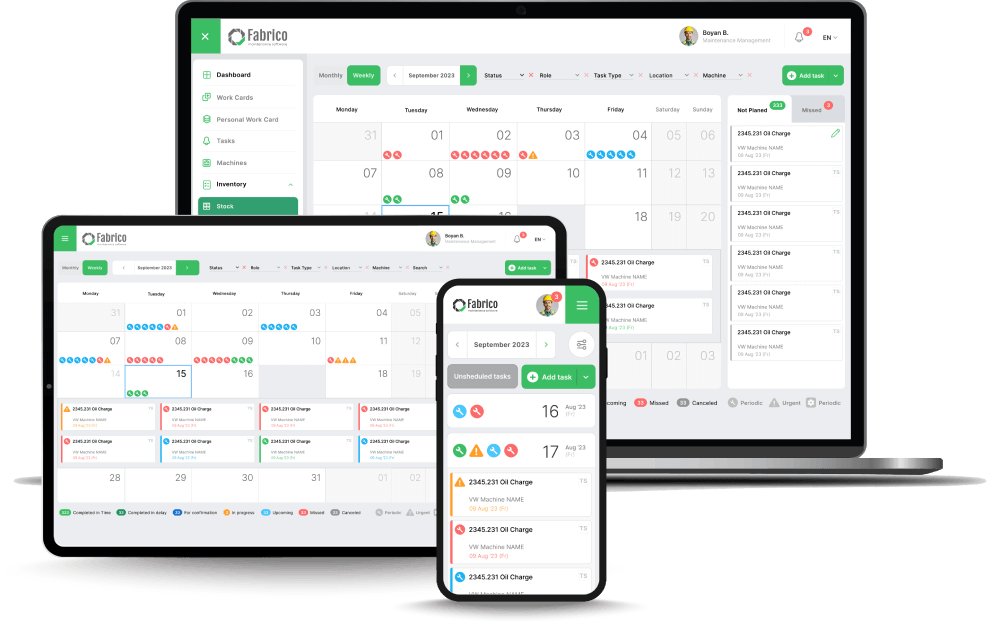A total preventive maintenance programme is not a haphazard approach to maintenance. Instead, it is a highly focused technique that requires a well-implemented strategy to work.
Total preventive maintenance approaches maintenance and manufacturing productivity from several angles. These include an emphasis on proactive measures and integration with continuous improvement.
Let's explore these pillars of autonomous maintenance, or TPM principles, in more detail below.
Emphasis on Proactive Measures
Before total preventative maintenance was established as a foundational principle for maintenance and repair work, it was preceded by reactive maintenance. The latter concept revolves around operators and engineers dealing with emergencies as and when they arise.
There were few, if any, measures put into place to help prevent breakdowns and machine downtime. As such, reactive maintenance was a backward- and not forward-looking approach that wasted considerable organisational resources. However, that all changed with the introduction of proactive maintenance strategies through planned maintenance.
Also referred to as preventive or preventative maintenance, this technique focuses on ways of preventing machine downtime, reducing costs, and improving operational efficiency and overall equipment effectiveness while streamlining production processes by emphasising proactive and preventive maintenance.
This is often achieved through the use of a computerised maintenance management system (CMMS). It enables maintenance managers to achieve quality maintenance through issuing work orders, managing inventory and spare parts, and working on preventive maintenance tasks, among others.
Overall, maintenance management software ensures that there is planned time and a special schedule for maintenance activities, often performed in conjunction with low production periods, to guarantee greater machine uptime without interrupting regular production workflows.
In this blog post, you can learn more about the benefits of preventive maintenance.
Integration with Continuous Improvement
Another core concept of total preventive maintenance is its integration with continuous improvement. A TPM programme is part of total maintenance, but this is never a fixed or static situation.
That’s because equipment and machinery will always need oversight to confirm maintenance is carried out at the right time, every time. In addition, for every month or year that a machine works (depending on the type), its value depreciates.
However, asset lifespans can be extended and optimised through accurate preventive maintenance as a holistic approach. Furthermore, the proactive or preventive maintenance approach should be one that is constantly being streamlined and refined, and this is where a CMMS proves useful.
As part of its extensive capabilities, a CMMS is able to produce insightful data, analytics and reports for ultimate decision making. This means that maintenance managers can quickly and easily see what’s working and what isn’t on every piece of machinery under their control.
When they’re able to make such observations, they can also improve their decision-making processes to optimise the machine’s efficiency without compromising other machines on the production line. Through continuous improvement, teams also play a more important role.
Job descriptions are no longer clearly delineated and separated, but rather, there’s a blurring of lines between operators and engineers. It means that everyone takes the right level of responsibility for all the machines in a plant. This can be very effective in improving productivity by increasing uptime, reducing cycle times and eliminating defects.
Finally and importantly, TPM preventive maintenance often aligns with overall business improvement goals. This implies that organisations rely heavily on preventative maintenance efforts as a total solution to help the organisation see strong returns on their investment and to ensure that profitability remains strong.







